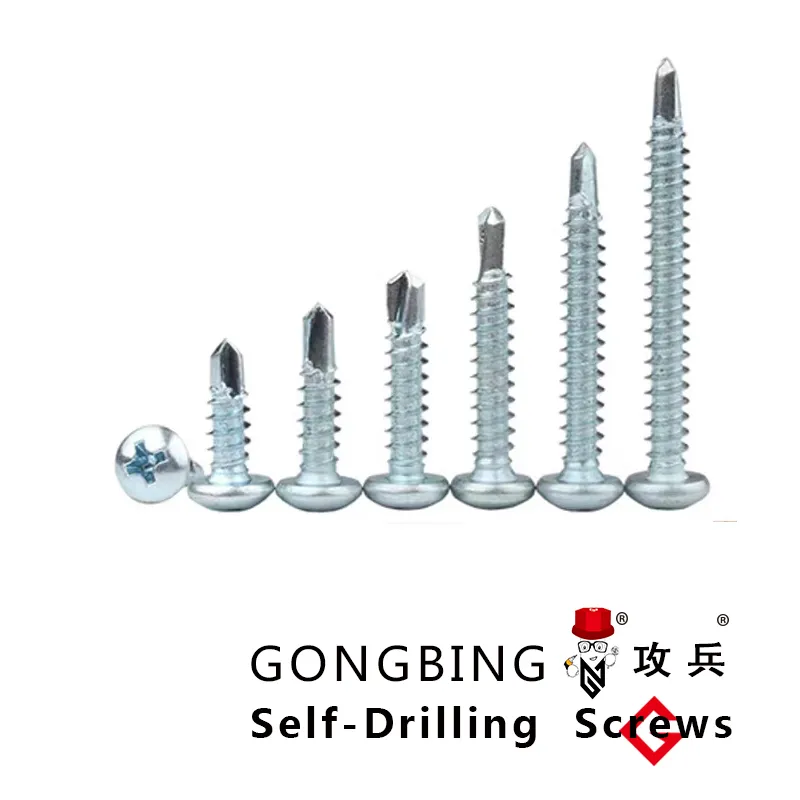TEK, ZIP and Oval Self-Drilling, Self-Tapping Screws
Self-drilling screws have become a go-to for many roofing, sheet metal, wood and other industrial uses because they enable you to drill without first making a pilot hole. While self-drilling screws are often used for joining sheet metal and other materials, they have a variety of other applications based on shape, size and material.
Steel is one of the most common materials for self-drilling screws for sheet metal because it offers significant strength. The downside to pure steel is it trades corrosion resistance to secure that additional strength.
Stainless steel is best used when you need corrosion resistance because it incorporates chromium and nickel alloys. Different gradings denote different alloy compositions, so be sure to match your job with the right grade.
Self-Drilling Versus Self-Tapping
The debate over self-drilling vs. self-tapping screws is common because the terminology can be a bit confusing. Avoid such issues with this quick guide that highlights the differences between self-drilling vs. self-tapping screws.
Self-Drilling
Many people often wonder what is a self-drilling screw? Self-drilling screws, which often feature the TEK and ZIP brand names, have drill-bit points that assist the drill in biting into metal and other materials so you don’t need any pre-drilled holes. They’re typically designed to work in soft steel and metals, and will feature a number of 1 through 5. The larger the number, the thicker the material it can go through before you need a pilot hole.

How Do Self-Drilling Screws Work?
The original self-drilling screw featured threading like a regular screw, but the end had a drill bit shape. This drill bit end eliminated the need to pre-drill a hole before using a screw, saving time and money. After the drill bit punctured the surface, the sharp threads tapped the material to create a strong seal with the screw.
The original design also included a tall head with serrations under the washer to add additional locking abilities. This detail ensured self-drilling screws stayed closely fastened to their materials, making them reliable for many applications.
As this time-saving screw design became more popular, other companies found ways to produce a similar product with low-cost materials and fewer features. Many modern self-drilling screws have eliminated the serrations but maintained the signature drill bit end.
What Are Self-Drilling Screws Used for?
Self-drilling screws are useful for fastening wood and metal. They can attach wood to wood, metal to metal and metal to wood, and they’re ideal for most lightweight and low-density materials. It’s also easy to know how to use a self-drilling screw due to their simple design. Applications for these screws include:
- HVAC projects
- Metal roofing
- Cladding
- Steel framing
Tek screws are also helpful for many types of metal building and light-gauge metal assemblies, making them common in most general construction environments. With a range of head types, lengths and shank sizes, these screws adapt to your project with ease.

